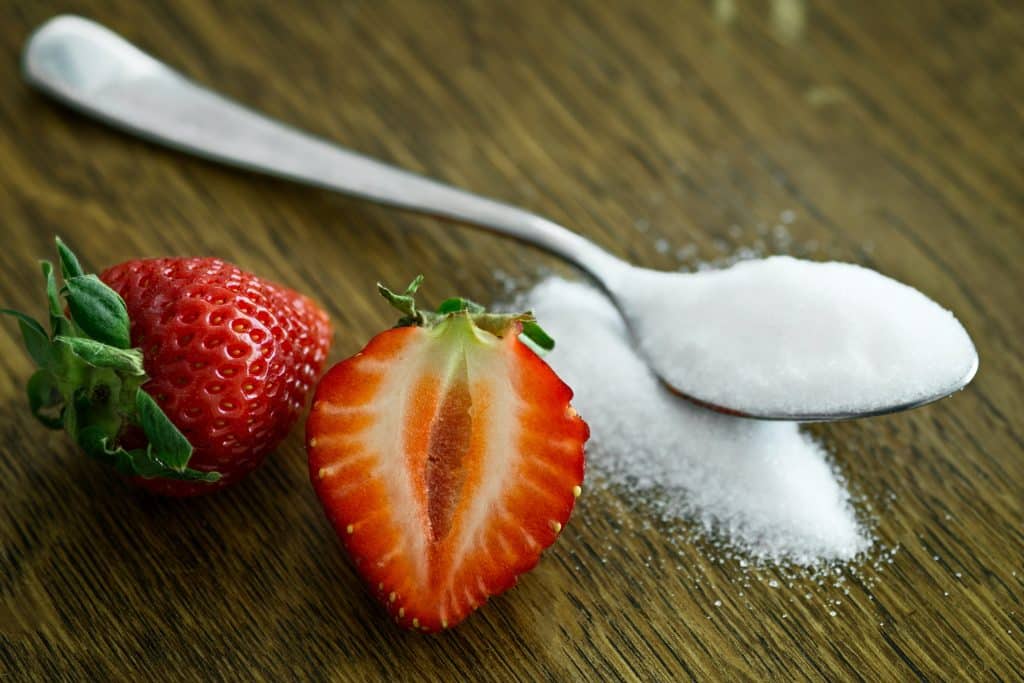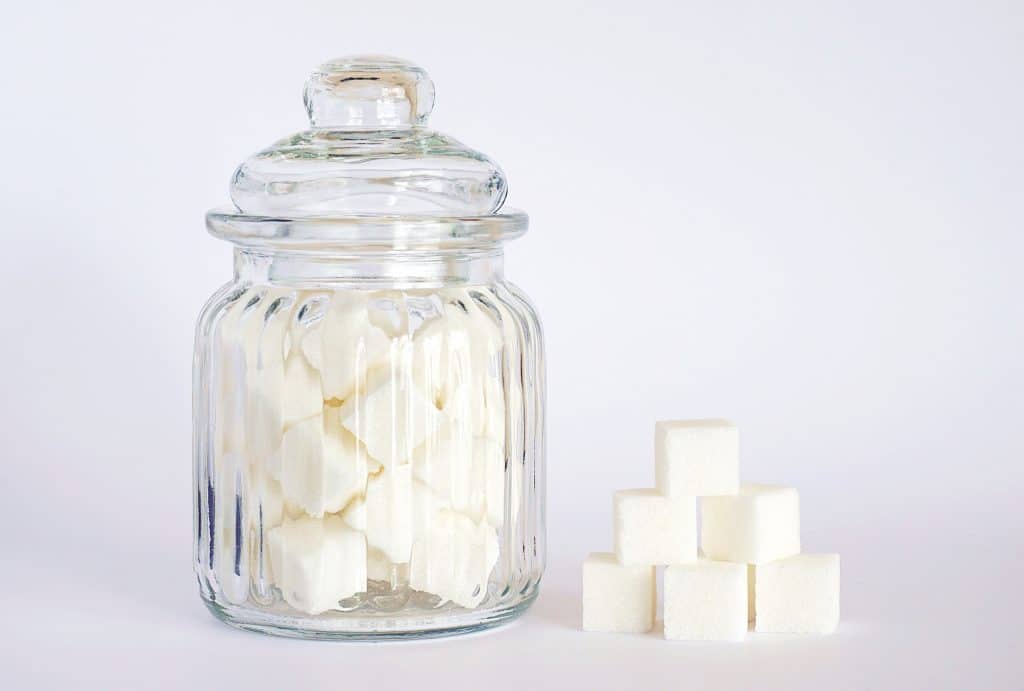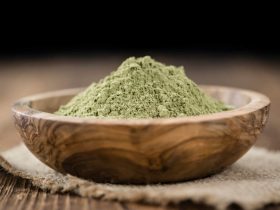It’s hiding in more places than you think. If you check the ingredients on many of your favorite foods, you’ll find the same surprise—sugar. Not only is it in just about any dessert you like, but you’ll also find it lurking inside even many healthy foods.
Sugar is one of the building blocks of most foods, and it’s one of the top sources of carbs you’ll consume. That’s why almost any low-carb diet will make reducing or cutting sugar entirely a key part. Sugar doesn’t just contain calories; it can have major impacts on your body.
How Much Sugar Should You Consume?
Assuming you’re not on a low-sugar diet or looking to reduce your content for health reasons now, what’s the optimal level of sugar you should consume? That depends on a lot of factors, including your height and weight. The typical level is around 9 teaspoons per day for men, and around 6 teaspoons for women.
But it’s incredibly easy to get too much sugar in your diet. The most common culprit is one that goes down all too easy—soft drinks. You’re basically drinking liquid sugar, and you’ll be shocked by how much goes into each can. If you’re looking to cut back, look for alternatives like cane sugar or plant-based sugars that contain lower calories than high-fructose corn syrup while still having that distinct sweet punch.

Where Does Sugar Hide?
One of the biggest challenges of reducing your sugar content is that it carries multiple names. Not only should you watch out for high fructose corn syrup, but the sugar in your food can be listed as sucrose, glucose, or fructose. These are all a little different, but they usually all carry a similar level of calories.
Sugar can even sneak its way into foods that are usually considered healthy. Cereal is an essential part of many people’s breakfasts, but popular varieties can be coated with sugar. Granola bars may seem like a healthy on-the-go snack, but many are more like candy bars. Even whole-grain bread can have a lot of added sweetness from honey, molasses, or other sweeteners.
Another unlikely culprit for extra sugar? Your vitamins. Some gummy vitamins are very similar to those sugary gummy bears you ate as a kid. Make sure to shop for gummy vitamins that won’t derail your diet—you want ones with significant vitamin content with little or no added sugar.
How Does Sugar Impact the Body?
Sugar can have many impacts on the body, starting with weight gain. Consuming fructose doesn’t satisfy your hunger and can actually make you want to eat more. In addition to the calorie load, it can cause resistance to the hunger-regulating hormone leptin and make you more likely to overeat.
Sugar is a refined carbohydrate, and excess consumption of these foods has been shown to increase the risk of developing acne. Foods with a high glycemic index raise your blood sugar, increasing your body’s oil production and inflammation.
Sugar can also increase the risk of serious illnesses, including diabetes. Obesity is one of the highest risk factors for developing diabetes, and those who consume more sugar are more likely to be overweight. But high sugar consumption can also reduce your body’s resistance to insulin, making it harder for your body to regulate your blood sugar levels.
Sugar can even impact your heart, making you more likely to develop heart disease. This is because your body is more susceptible to inflammation after heavy sugar consumption, which can affect the heart. High sugar consumption can also lead to clogged arteries. Studies have also shown that high sugar consumption makes your cells age faster, which can cause multiple health issues and accelerate the skin aging process.

How Do You Cut Back on Sugar?
So sugar is addictive and makes many foods better, but it has some serious health drawbacks in excess. What’s the best way to cut back on sugar?
To start, you don’t need to go cold turkey unless you have a serious medical need. Trying to cut sugar out entirely makes it more likely you’ll fall back on old habits. Instead, start eating mindfully. Be aware of where sugar is lurking in your foods and pick choices that are lower in sugar or use healthy sugar alternatives.
It’s as important to find the right foods to fill that gap. Make sure you’re eating protein and healthy fats, which will fill you up and suppress those snacking urges. Get your carb intake from non-starchy vegetables like mushrooms, zucchini, and tomatoes. Make sure you’re getting enough sleep and cutting back on stress—this will make it easier to manage your new diet.
Control Sugar, Don’t Let It Control You
Sugar, like every other food, is part of a balanced diet. That’s the key word—balanced. Sugar isn’t the enemy, but it sneaks into a lot of foods. Eating mindfully and finding alternatives is the key to better health.














Leave a Reply